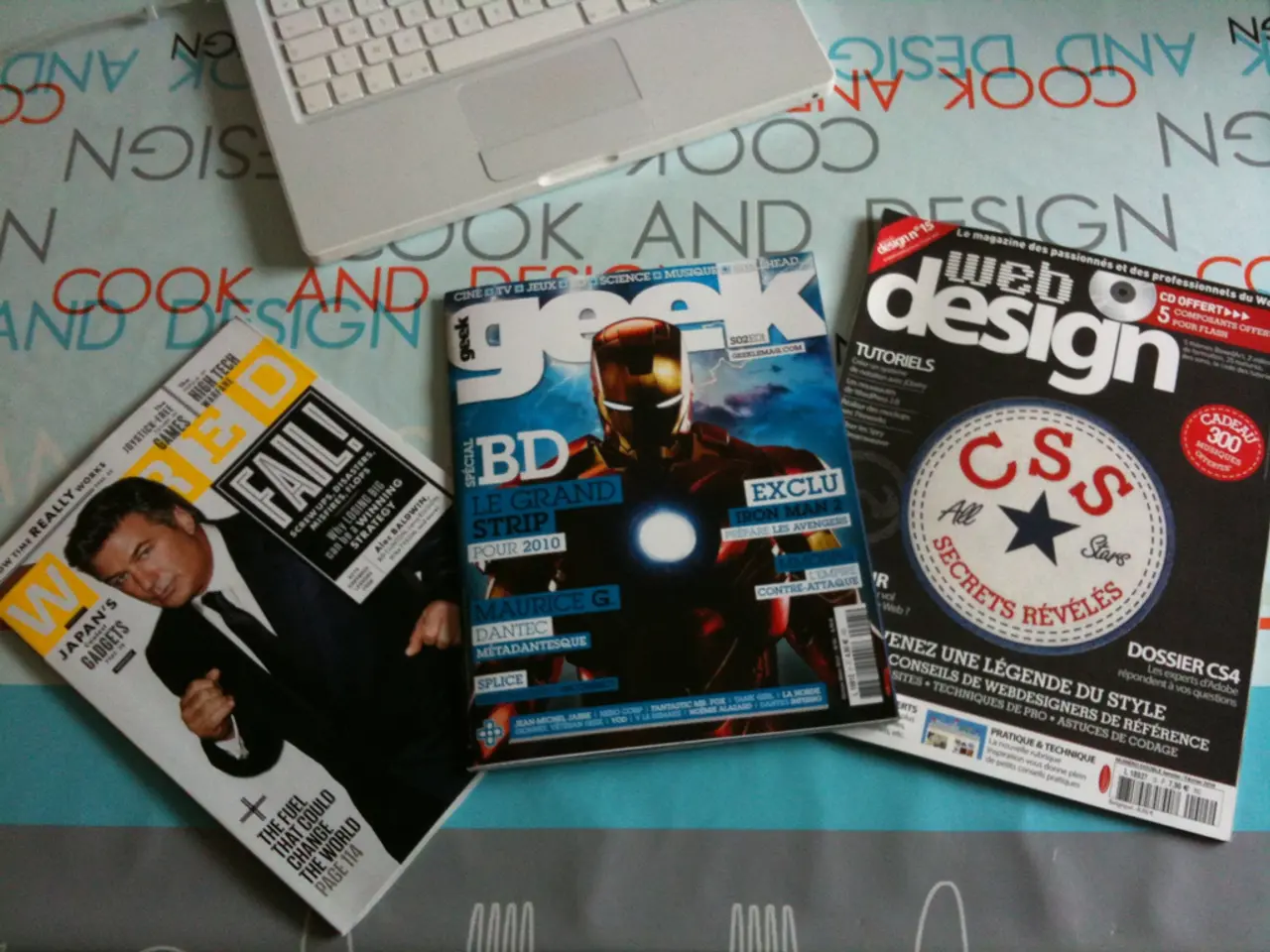Arduino-Powered Device for Digitalizing Library Collections
Brad Mattson, an engineer and inventor, has created a remarkable DIY book scanner designed to digitise printed books efficiently and without causing damage. The scanner, which emphasises ease of use, speed, and preservation of book condition, is a testament to Mattson's innovative approach to problem-solving.
## Overview of Brad Mattson’s Book Scanner
Mattson's book scanner is a clever contraption that converts physical books into digital formats. The design is user-friendly, fast, and ensures the books remain in pristine condition throughout the scanning process.
## How It Works
### 1. V-Shaped Book Cradle
The book is placed open on a V-shaped cradle that supports both pages at a 90-degree angle. This positioning minimises stress on the book’s spine, protecting it from damage during scanning. The V-shape also ensures the pages lie relatively flat for better image capture.
### 2. Dual Cameras or Image Sensors
Two cameras (or image sensors) are positioned above the cradle, each aimed at one page. This setup allows simultaneous capture of both pages, doubling scanning speed compared to single-camera designs. The cameras are carefully aligned and focused to ensure sharp, distortion-free images.
### 3. Lighting System
Consistent, diffuse lighting is provided over the cradle to eliminate shadows and glare. This lighting ensures every detail on the pages, including text and images, is clearly visible and evenly lit.
### 4. Page Turning
In Mattson’s design, page turning can be manual, where the user flips the page after each scan. Some versions may integrate simple mechanical aids for page turning to improve efficiency.
### 5. Image Processing Software
After the cameras capture images, software is used to crop and straighten pages, correct distortions caused by the curvature of pages near the spine, perform Optical Character Recognition (OCR) to convert scanned images into searchable text, and compile the pages into an organised digital book file (PDF, EPUB, etc.).
## Benefits of Brad Mattson’s Scanner
- **Non-destructive:** The scanner protects delicate book bindings because it avoids forcing pages flat. - **Efficient:** The dual-camera approach speeds up the scanning process. - **Cost-effective:** The scanner is built from readily available materials and components. - **High-quality output:** Good lighting and image processing yield clear results.
## Summary
Brad Mattson’s homemade book scanner uses a V-shaped cradle to gently hold the book open at a right angle, dual overhead cameras to photograph both pages simultaneously, and diffuse lighting to ensure quality images. These images are then processed with software to produce digital versions of the book while preserving the physical copy. This innovative method combines mechanical design with digital processing to create an accessible, effective book digitisation tool.
If you're interested in building your own book scanner inspired by Brad Mattson’s work, I can help you find diagrams, build plans, or software recommendations!
Additional features of the scanner include an arm with a pneumatic gripper that opens the cover of the book, a metal bar that holds the open cover in place, and prods beneath the scanner's bed that straighten the book and move it into position for the overhead camera. The host computer assumes the book is finished if the same page is scanned three times consecutively and checks each photo to ensure it's not scanning a previously-scanned page. The tip about the book scanner was provided by Stu Smith. A demonstration of the scanning process can be found in a video in the post.
The DIY book scanner developed by Brad Mattson, utilizing Arduino hardware, is not just a gadget but a technology that seamlessly merges mechanical design and digital processing, converting physical books into easily searchable digital formats. This homemade technology, with its high-quality output and cost-effective components, falls under the domain of DIY gadgets and showcases Mattson's innovative approach to problem-solving.



